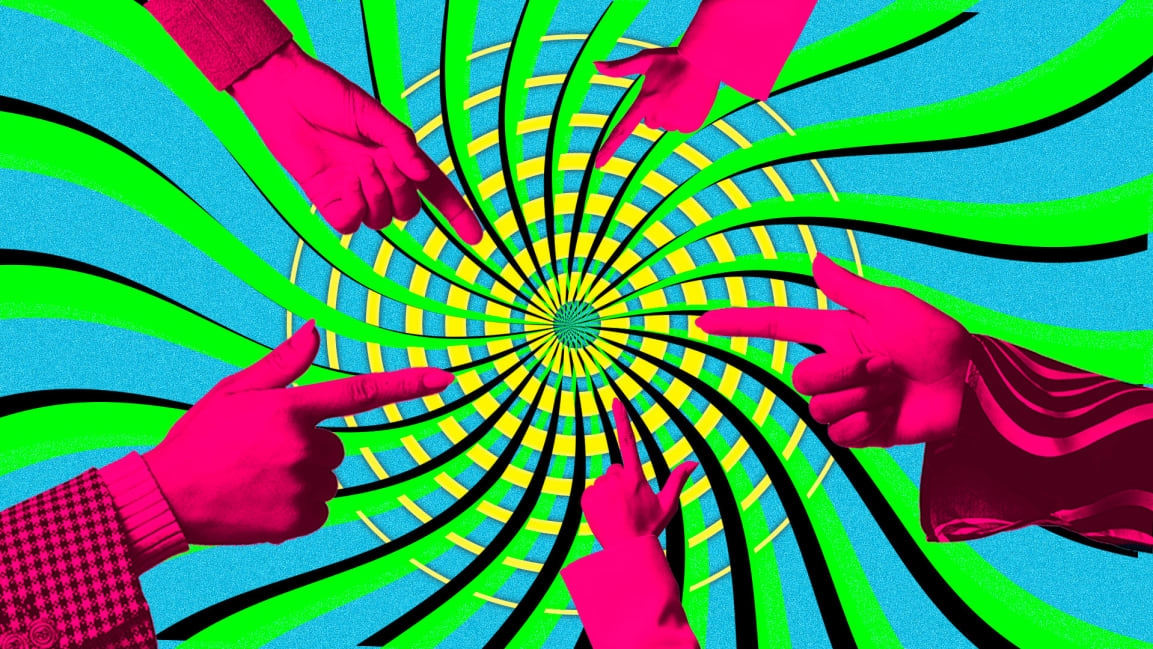Why you are the most important person in the (marketing) world
Marcus Collins’ two-year-old daughter regularly walks around the house singing a song that reminds the University of Michigan professor and advertising executive of the consequences of his job.
“Liberty, Liberty, Liberty, Liberty, Liberty!”
If you’ve ever seen — or heard a Liberty Mutual insurance ad you know exactly what that sounds like. Collins is a marketing professor, but also the head of strategy at Wieden+Kennedy New York, an advertising agency that creates work for major brands like Nike, McDonald’s, Ford, and Bud Light beer. And he knows his daughter’s young brain has just been momentarily seized by an age-old marketing tactic. “Marketers create mnemonics — tools like audio cues to help us remember facts, or in this case a company name — because we know that it creates repeatability, and repeatability establishes memory structures,” says Collins. “So this jingle makes sure that when you do think of insurance, Liberty is the first that comes to mind. I worked with State Farm for years, and they know recall is the greatest driver to sell a policy.”
The jingle is one of the oldest and most reliable tools to get you to remember a brand, but as kids and teens have become more sophisticated, so have the ways brands work to get your attention. Wendy’s on Twitch. Nike in Roblox. Balenciaga in Fortnite. McDonald’s making a meal with BTS. All of it is to get your attention, to make you think these brands are cool, and hopefully, become a customer for life. For generations, young people have been the most important people to marketers because it’s when we are at the very start of figuring out who we are, and who we want to be. Estimates peg the amount of money marketers spend to get your attention ranges from $6 billion to $15 billion. Every. Single. Year.
Whether all that money buys your attention or not, the advertising it creates still has an impact on your brain. We see thousands of marketing messages everyday, and it effects everyone, but even more so on brains that are still developing. “When you’re younger, the brain isn’t fully developed, so you’re much more impressionable,” says Collins. “Teenagers in particular, it’s the first time in their life that they have more agency over their identity, they get to pick their friends, and much more hyper aware of the brands and branded products that people consume.”
And yet your generation are perhaps the most sophisticated kids and teens that brands have ever faced. Kids and teens have become major brands themselves. Ten-year-old Ryan Kaji made an estimated $250 million last year in part thanks to marketing partnerships with companies like Amazon, Walmart, Nickelodeon, and Skechers. Charli D’Amelio had her own Dunkin drink at 16, which expanded last year to a line of merch, of course.
Chipotle’s chief marketing officer Chris Brandt says that as the media and entertainment kids and teens consume has become more sophisticated, it has forced marketers to follow. Advertising approaches that decades ago were aimed at 12-year-olds are now used for eight-year-olds. Chipotle is one of the most popular brands among American teens, but Brandt says that it doesn’t target young people with its advertising. He says the brand’s ideal marketing target is 20-years-old because people in their 20s set what’s cool in culture, from fashion to music to food. “We put ourselves in places that are culturally setting the tone, whether it’s Discord or Roblox, we try to be on the edge of those things, we try to be first,” says Brandt. “It all comes back to being relevant in culture, because if we do that we’ll be relevant to teens, 20-somethings, and 30- and 40-somethings. Whether you’re 40 or you’re 12, you want to be 20.”
Vans’ global chief marketing officer Kristin Harrer says the brand doesn’t have differing strategies based on the age of its consumers, but does always have the goal of finding “the bleeding edge of culture,” which tends to start young. The brand’s constant work in culture through action sports like skateboarding and surfing, as well as music and art, has helped establish its reputation. “[Young audiences] give us credit for being authentic no matter what and feel inspired to show up as authentically as possible in their own lives as a result,” says Harrer. “It’s this point of view that allows us to create more meaningful connections with teen audiences and in a lot of ways it has become a competitive advantage.”
Young people these days may be more sophisticated, but you also need to be aware of the impact of all this marketing. Sometimes that awareness comes from your parents cutting down screen time. Other times, government regulations cut down the opportunities for marketers to target you. For example, the UK government estimates British kids saw a total of about 2.9 billion junk food ads in 2019, and last summer introduced new rules that would ban these types of ads from TV before 9 p.m. in order to help cut down on childhood obesity.
Vann Graves is an advertising industry veteran, and the executive director of VCU Brandcenter, a school for aspiring marketers. He says the goal for brands with young people has always been to create habits around their products. “They want to ingrain that in you early to build that loyalty,” says Graves. “What we’re seeing now is not a change of goals, but the tactics and tools used to build that are so much more intrusive than they’ve ever been.”
They follow you on TV and in movies. They follow you on Instagram. They follow you on TikTok, Discord, Snapchat, and beyond. So what can you do? More than anything else is simply just being aware that all of this targeting and potential influence on your decisions is actually happening.
“I tell my students that you only have an illusion of agency when you make decisions,” says Collins. “Your decisions are being heavily influenced by your people, your environment, and the media you consume. Especially the media you consume most. The more we hear it, the more we tend to like it. The more like it, the more we think it’s true. And the things we believe to be true inform how we show up in the world.”
Fast Company , Read Full Story
(53)



